
Non-fiction November technically started on October 27th, and I’m just sliding in under the wire with my post for the first week!
So far this year I’ve read 87 non-fiction books (28% of my reads overall), according to StoryGraph, and one of my first reads of the year was non-fiction. I’ve turned to non-fiction increasingly as I got older, finding a lot of solace from anxiety in treating curiosity as its antidote — both curiosity about the things I’m frightened of, and curiosity in general.
With so many books read, I’m not going to discuss all 87, but I want to pick out some favourites if I can! It’s tough to split them into any kind of sections, because I read all sorts, but there are a few topics I turn to time and again. I’ll stick with books for which I’ve posted reviews already, though there are a handful of lovely choices in my review backlog as well.
Health and disease
I’m sorry, I know, it’s not very cheery! But my most recent degree was in infectious diseases, and the ins and outs of health and disease are both scary and fascinating.
Laura Dawes’ Fighting Fit covers the efforts to keep Britain healthy during WWII. The picture is surprisingly rosy, in part thanks to scientists and physicians who experimented (including on themselves) to try to figure out optimum diets, etc. John Green’s Everything is Tuberculosis is less cheery, given the ongoing world threat of tuberculosis (largely suffered by those in poverty, which is why many believe TB is no longer a threat). It’s now my go-to recommendation for a pop-science read around one of the diseases I find most fascinating, and on which I wrote my undergraduate dissertation.
Monty Lyman’s The Immune Mind wasn’t a total win — I had a few reservations about a couple of elements — but it’s fascinating, and offers some surprising suggestions about treating mental health.
Finally, if you’re in possession of a female-shaped body, Sarah Graham’s Rebel Bodies may be of use to you, especially if you live in the UK. It discusses some of the medical bias and misconceptions about women’s bodies, in an inclusive way. At the very least, it’s validating.
Nature
This isn’t a topic I deliberately seek out, but there’s a lot of popular science out there about it, so it regularly crosses my bookshelves anyway!
First, a quick mention of Matt Sewell’s charming short collections about birds, suitable for children, but beautifully illustrated — I think I only reviewed Penguins and Other Sea Birds, as they’re each very similar. On a similar vein, but aimed more at adults, there’s Around the World in 80 Birds, illustrated by Ryuto Miyake.
On another tack, there’s Amorina Kingdon’s Sing Like Fish, which discusses sound underwater with a wealth of examples… and a bit more depressingly, Hugh Warwick’s Cull of the Wild: Killing in the Name of Conservation, which wrestles with some important questions.
Fashion history
I never expected to be into this, to be honest, but between Great British Sewing Bee and the memories of a childhood book where you had to collect little cards and stick them in to chart fashion through the ages, somehow it slipped in. And it often turns out to be much more than just the history of fashion, since fashion tells us a good deal about all kinds of trends, like women’s rights.
The whole “Fashion in Detail” series from the V&A is lovely, but Sau Fong Chan’s Chinese Dress in Detail is particularly well put together. The others are very enjoyable too, but Chinese Dress in Detail is the best organised.
General history
I know, this probably deserves to be broken down into categories like “ancient history” and so on, with many more books included, but I haven’t got the patience, ahaha. So here are some very brief history highlights; I’ve tried to pick out some of the less well-trodden titles I haven’t seen other bloggers talk about.
The Other Olympians is a fascinating dissection of sport and panic about gender, and the links between those “concerns” and fascism leading up to WWII (and not just in Germany, but also in the US in particular). As for David Bellos and Alexandre Montagu’s Who Owns This Sentence, I found it surprisingly lively for a book about copyright history, and enjoyed it a lot.
Paul Koudounaris’ Heavenly Bodies: Cult Treasures and Spectacular Saints from the Catacombs was an impulse pick because of the beautiful illustrations, and I couldn’t possibly regret it. It’s macabre, but fascinating and beautiful too.
Finally, Sara Lodge’s The Mysterious Case of the Victorian Female Detective upended some of my assumptions, discussing both fictional and historical sources to point out the role of women in detection was a lot broader than you might think.
Other
And so we come to some books I find harder to place, but which deserve their moment…
Claire Dederer’s Monsters: A Fan’s Dilemma came at a particularly important moment for me, given the accusations of Neil Gaiman. Over the years, I’d mostly got less interested in his work, but I loved Good Omens still (including the TV adaptation, though I consider the two quite different beasts, and I didn’t love season two). It offers no answers, and I have heavy caveats about the examples of female “monsters” Dederer includes — but it was useful in that particular moment to read about someone else wrestling with it.
Maud Rowell’s Blind Spot: Exploring and Educating on Blindness is part of the Inklings series of short non-fiction books, an excellent discovery of this year. It’s also on a topic near and dear to my heart, given my previous volunteering work and family connections. And finally Against Technoableism: Rethinking Who Needs Improvement is something I think we could all use pondering on a bit more.
That’s been quite the whistle-stop tour, and I’ve inevitably missed out something I found amazing — but I hope it’s a good sampling of the riches I’ve found this year!
As for what I’d like to read more of… well, everything, whether it fits into my categories above or not. There’s so much to learn about, after all.
NB: sorry if this shows up in feeds/emails again. I accidentally unpublished it and had to republish.
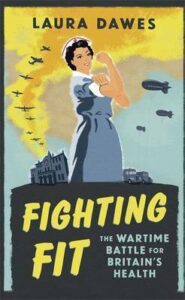
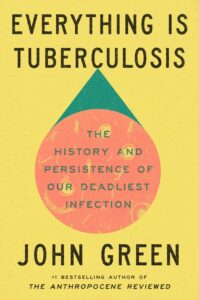
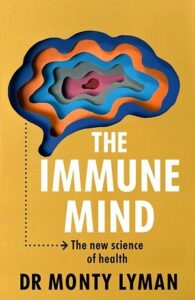
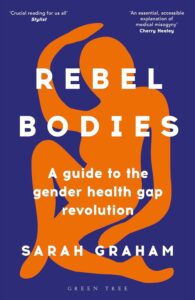

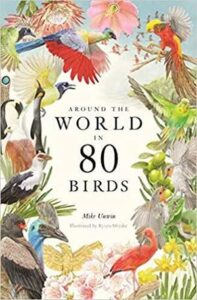
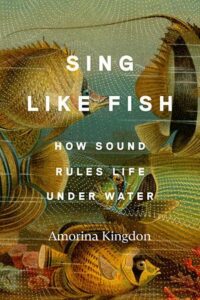

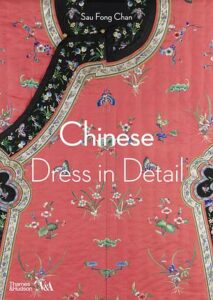
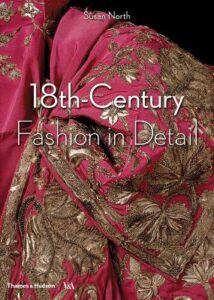
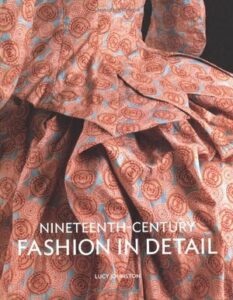
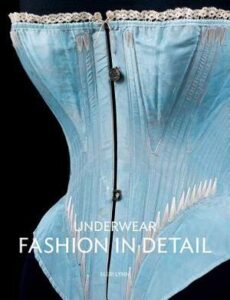

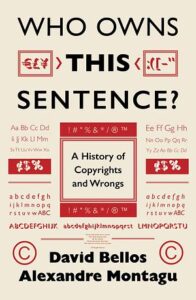
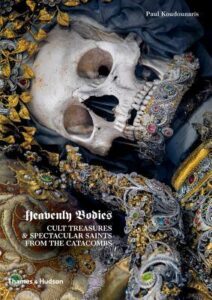
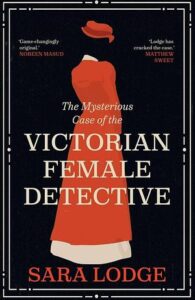
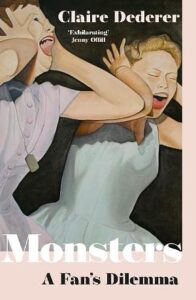



Yours is the only blog I have every run across that mentions Montagu’s ‘Who Owns This Sentence’. I think we’d be friends. I am adding ‘Cull of the Wild’ to my list as it sounds really interesting. I’m looking forward to it. Also, your review of Dederer’s ‘Monsters’ is one of the better ones I’ve read. Folks seem to want to make things all nuanced… but it’s really not and there were faults in some of the “stacking” as you mentioned some of the names and their crimes. I recommend that book to so many people simply because it so easily sparks conversations. I really enjoyed your Nonfiction November roundup.
Who Owns This Sentence was an impulse buy for me, I can’t even remember how I came across it, but it really was surprisingly fun!
And yeah, Dederer’s Monsters wasn’t perfect by any means, but it was both personally topical and something that’s so worth thinking about and examining.
Thanks for dropping by!
wow, great topics!
https://wordsandpeace.com/2025/10/27/nonfiction-november-my-year-2025-in-nonfiction/
Emma @ Words And Peace recently posted…Novellas in November: My Year 2025 in Novellas
Thank you.
You read a lot of nonfiction that interests me, so I’m very glad to see the titles that most interested you. I will look for Against Technoableism: Rethinking Who Needs Improvement today, because this is a topic that intrigues me right now.
Deb Nance at Readerbuzz recently posted…The First 10 Books I Randomly Grabbed from My Shelf
That one’s a very worthwhile read, and only gets more relevant!
The Mysterious Case of the Victorian Female Detective sounds really interesting!
I’ve just found my way to this post via Readerbuzz’s Week 5 post and have also added Technoableism to my wishlist – I’m publishing my blog post at the end of the week so will link to you then.
Ahh, hope you enjoy it/find it a useful read!